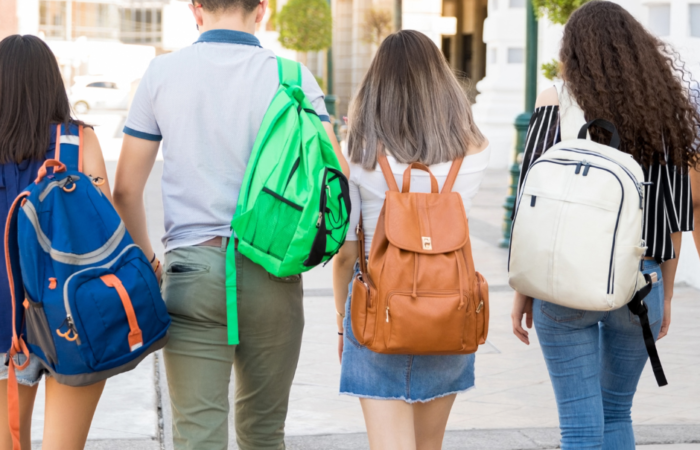
Some have school readiness, some achieve school readiness, no child needs school readiness thrust upon them.
Moving to the outside world and school – Home is where we start from
Joining a school needs careful thinking and planning. It needs to happen when it a child has ‘school readiness.’ Grown ups will enable a child to achieve school readiness.
How do I know if I have achieved school readiness for my child?
At the very least an assessment will need to include the following:
- The child allows you as primary career to take care of all their basic needs.
- The child shows a basic interest in you as primary carer – being curious about
‘who you are.’
- There is evidence that there is a ‘preferred’ adult (the difference can be noted)
- The child is beginning to show the ‘first signs of trust.’
- The child is able to make eye contact (if culturally appropriate) with you as primary carer
- The child is seeking appropriate forms of physical contact from key and co-workers (for a child this might mean being close, and for a young person if might mean ‘being alongside.’
- The child is clearly missing ‘something’ when you as primary carer is away
The assessment we make ‘at home’ will also include a ‘readiness for school’ and where this is found will also lead us to be able to provide essential material for schools and teachers regarding engagement and learning styles.
Readiness for school
A child will not successfully be able to begin to make the transition into school until 2 major tasks have begun.
Firstly, there must be clear evidence that an attachment to a primary carer has been established.
Secondly the following must also be in evidence:
- The ability to live alongside peers
- Social skills are evident
- Personal care independence
- Generally will respond to adult boundaries
- Can cope emotionally without their primary carer
- Can manage small transitions
- Curiosity about the world and a desire to learn
An environment that promotes these is likely to include
- A focus on relationships
- A focus on language, social and emotional skills, moral development
- Play (especially for teenagers!) as this encourages independence and self- management (remember the play stages = solitary, parallel, group)
Transferable experiences learnt at home useful in school environments
- Trust – from grown ups who have taken time to build a child’s trust in them – like Attachment Trust is demonstrated by a grown up and absorbed by a child
- Consistency – from grown ups who are reliable and predictable
- Learning from mistakes – having a resilient sense of self
- Being ‘good-enough’ – accepting doing different next time
- Transitions – clear routines at start and end of activity – well-designed plans that support steady phased transition at the pace the child can manage successfully. Signal early any transition
- Modelling learning behaviour – what is present when effective learning is occurring.
- Providing the child with emotional language and skills to talk through feelings of feeling ‘unsteady’ perhaps when encountering difficulties with an activity
- Soothing – things the child likes to do in order to soothe them
- Building self-esteem by recognition of success
- Linking activity to school type situations – colouring in, keeping to the lines, like school rules
For lots more to guide your activity download the NCERCC guide to School readiness – Moving to the outside world and school – Home is where we start from

